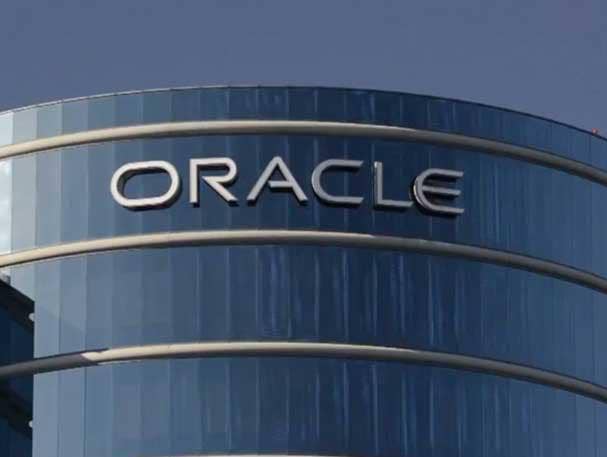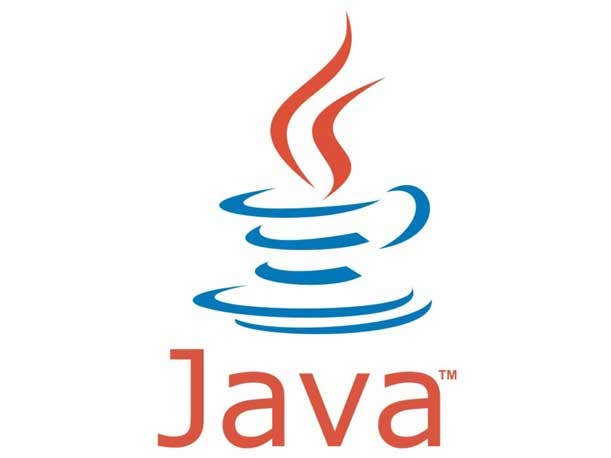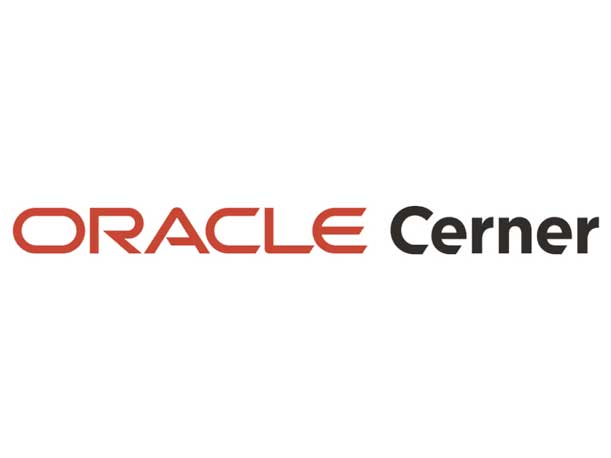Oracle Q3 Earnings Preview: 5 Things To Know
Java, Cerner and AI are likely topics to come up.

When Oracle announces third fiscal quarter earnings on Thursday, analysts will likely have questions about changes to Java subscription pricing, Oracle subsidiary Cerner and Oracle’s investments in artificial intelligence (AI) and machine learning (ML).
Analysts will also likely want to hear how the Austin, Texas-based database products and cloud vendor is competing with other cloud vendors and database product rivals.
These are some of the expectations CRN has for the quarterly earnings call, which will cover the three months ended Feb. 28.
[RELATED: Oracle Partners On Java Price Changes: ‘Doesn’t Make Sense’]
Oracle Q3 Earnings Preview
Zacks Equity Research reports that Wall Street expects $12.39 billion in quarterly revenue, which would represent a 17.9 percent increase year over year.
For the third quarter of Oracle’s fiscal year, Oracle CEO Safra Catz previously said she expected total revenue to grow between 21 and 23 percent, ignoring foreign exchange. Cloud growth with Cerner should grow between 46 and 50 percent. Total cloud growth for the entire fiscal year minus Cerner should be more than 30 percent ignoring foreign exchange.
Here’s what you need to know.

Java Subscription Model
Analysts might ask Oracle about its recent change to Java standard edition (SE) license pricing.
When the change was announced, partners told CRN that charging by total employee count was likely to rile customers that have a fraction of employees who work with Java.
Jeff Stonacek, principal architect at House of Brick Technologies, an Omaha, Neb.-based company that provides technical and licensing services to Oracle clients, told CRN the change was “an obvious overstep.”
“Having to license your entire employee count is not reasonable because you could have 10,000 employees, maybe only 500 of them need Java,” Stonacek said. “And maybe you only have a couple of servers for a couple of applications. But if you have to license for your entire employee count, that just doesn’t make sense.”
Mike Ringhofer, Oracle’s senior vice president of worldwide Java business, defended the practice in an email to CRN.
“The new Java SE Universal Subscription was developed based on feedback from our enterprise customers with Java workloads running in increasingly diverse environments,” he said. “It no longer requires enterprise customers to count every single Processor, Desktop, or Named User that may be using the subscription, and the permitted use is universal across desktop, servers, and cloud infrastructure.”
He continued: “Java SE Universal Subscription is a new product and does not change anything for existing enterprise customers with the previous Subscription offering. The new Java SE Universal Subscription also does not change how Java is sold when embedded in a device, application, or sold with ‘shrink-wrapped’ software.”

Cerner And Oracle Health Care Update
Oracle executives are likely to give an update on the Cerner health care systems vendor it acquired last year plus Larry Ellison’s lofty ambitions for Oracle’s place in health care technology.
At Oracle CloudWorld 2022, Ellison described a national electronic health records (EHR) database for “all the patient records in one database so wherever you are in the world, you have an accident, the people who are caring for you during the emergency can get immediate access to all your health records.”
Ellison said that health care providers will more likely know about patient employment, checks, credit and financial data instead of health data. Presumably, Oracle would play a role in a national EHR database in Ellison’s vision.
“These financial systems have been around for a while,” Ellison said at CloudWorld in October. “We have no similar health-care systems. But we know how to build them. … Shouldn’t we build them for our health records? And it’s a little more complex, but the answer is, obviously, yes, we should. Our prior priorities are totally misplaced. Shopping is important. Health is not.
On Oracle’s December quarterly earnings call, the vendor reported that Cerner contributed $1.5 billion to its quarterly revenue of $12.3 billion.
Software-as-a-service (SaaS) cloud revenue excluding Cerner was $2.2 billion, up 16 percent year over year.

Oracle AI Investments
A safe bet is on analysts asking Oracle executives about whether the database products giant is riding the wave of hype over generative AI demonstrated by tools such as text-generator ChatGPT and image-generator Dall-E.
Both ChatGPT and Dall-E are from Microsoft-backed OpenAI. Employees of partner businesses have told CRN that ChatGPT in particular has been helpful with work.
Microsoft has continued to roll out AI capabilities throughout its product suite, including features in Windows 11 and an AI-powered Copilot in Dynamics 365 and Viva that helps write emails, answer chat queries, find data and other tasks.
Microsoft’s Dynamics suite competes with products by Oracle as well as Salesforce, which also threw its hat into the generative AI race.
Recent announcements from Oracle around AI capabilities include new Oracle Utilities Network Management System features – including automated grid management and built-in AI for better device orchestration and control.
Oracle also may go the route of IBM in boasting about automation and AI capabilities that don’t necessarily capture mass attention, as IBM CEO Arvind Krishna discussed on the tech giant’s most recent quarterly earnings call.
“If you can automate the drive-thru and order taking for quick-serve restaurants, that’s an example of what can happen,” Krishna said on the call. “If we can get deflection rates of 40, 50, 60 percent at everyone’s call centers, that’s a massive operational efficiency for all of our clients. If we can help retirees get their pension through interacting with a Watson-powered AI chatbot, that is an enterprise use case where all of these technologies come into play. By the way, all my three examples are real clients, where we are resulting in anywhere from hundreds to thousands of people, the efficiency, for each of these clients.”
Earlier this year, Elad Ziklik, Oracle’s vice president of AI and data science services, told SiliconAngle that the vendor wants to be “the Netflix of AI” by allowing companies “to bring the best AI software and hardware to Oracle Cloud Infrastructure and do a fulfillment by Oracle” with “security and identity and single bill and everything you’d expect from a company like Oracle.”
During Oracle’s quarterly earnings call in December, Oracle co-founder and Chief Technology Officer Larry Ellison said that an “exploding” demand for products that can handle ML and AI workloads field revenue growth for the vendor.
“You’re seeing a lot of machine learning and artificial intelligence workloads moving from other clouds to OCI because we‘re faster and, again, in the cloud business, faster – when you charge by the minute – faster means cheaper,” Ellison said on the call.

Sparring With Amazon, SAP, Snowflake
It’s not an Oracle quarterly earnings call without some fighting words from Ellison for Amazon, SAP, Snowflake and other database vendor rivals.
From “going after the Aurora user base and the Redshift and Snowflake user base,” attacking how Amazon Web Services built its cloud network and competing with SAP, Workday, Infor and Tyler on contracts, Ellison is not one to mince words and avoid naming a competitor during an earnings call.
Still, Oracle has shown itself open to big vendor partnerships, including more integrations with Microsoft Azure and Red Hat.

Oracle In The Cloud Race
Oracle watchers are always looking for signs that the vendor is gaining share in the cloud wars dominated by Amazon Web Services and Microsoft, followed by Google Cloud.
IBM, Oracle and other cloud vendors have long occupied a long tail of rivals to the Big Three of cloud.
Oracle executives will likely point out recent big customer wins, including Globestar and World of Beer Bar & Kitchen doing business with NetSuite while Uber recently signed a seven-year strategic cloud partnership deal with Oracle.